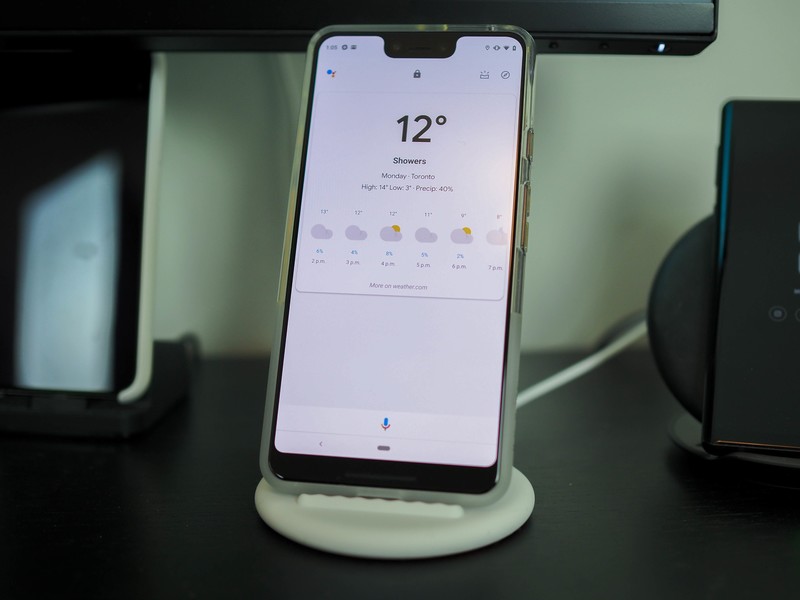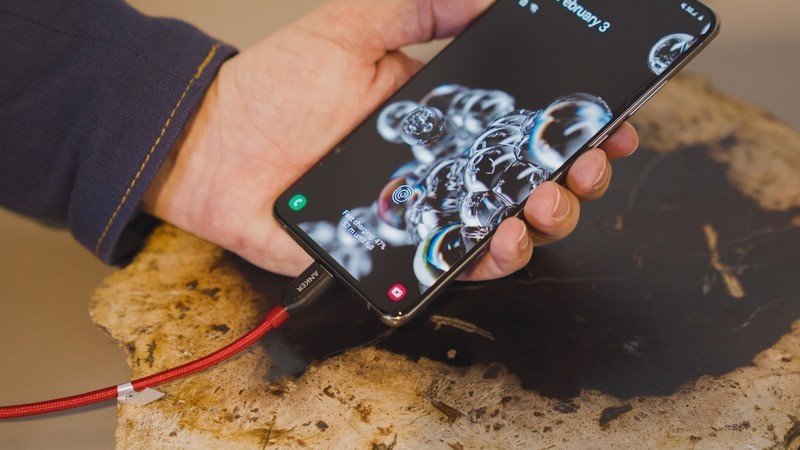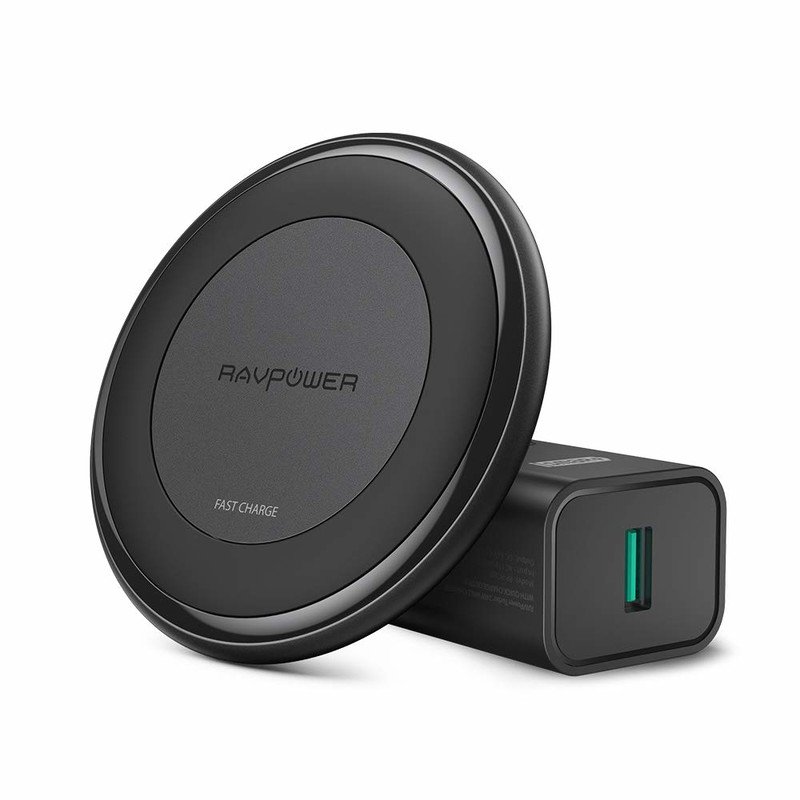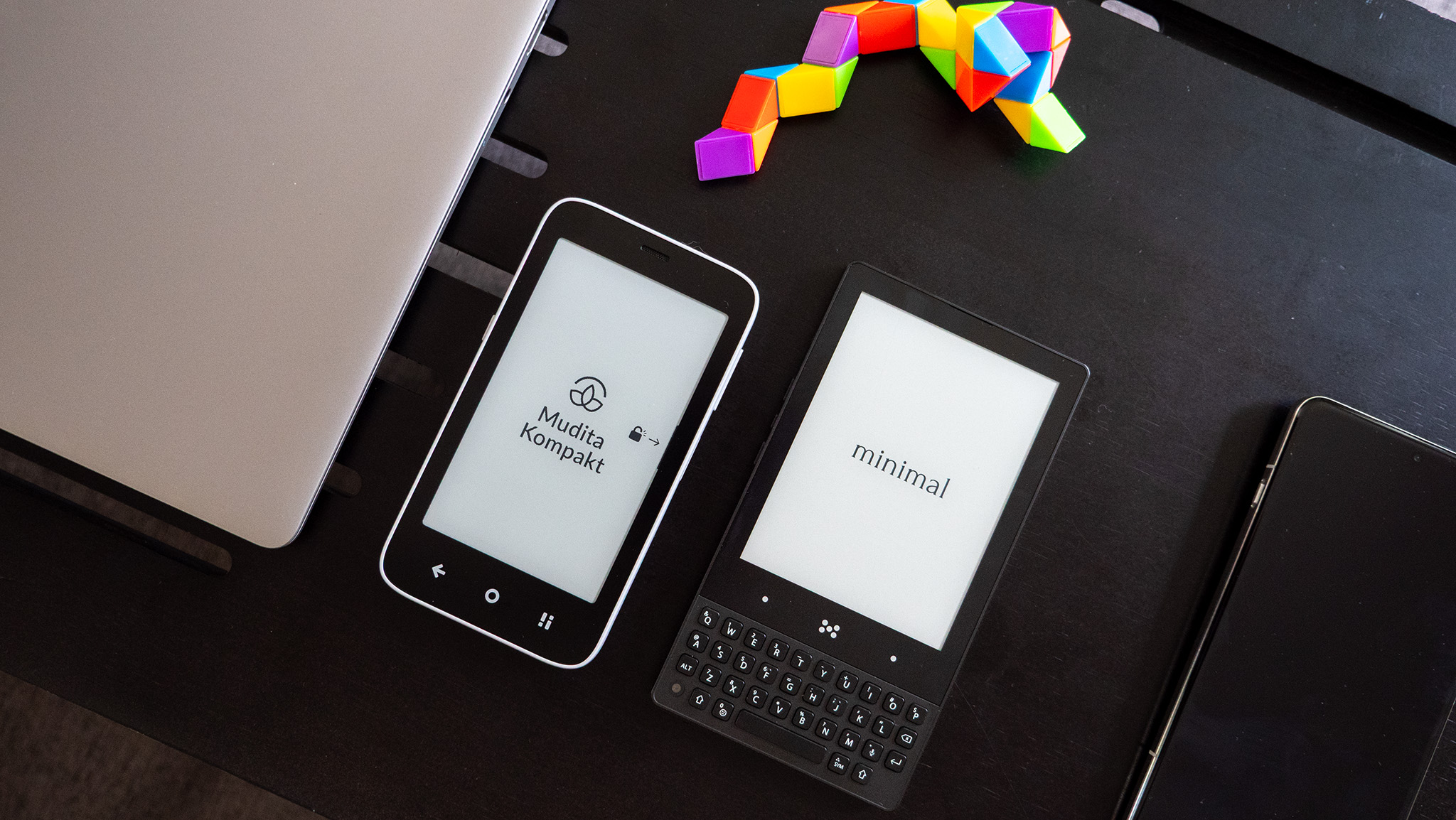Wireless charging may be inefficient, but it's only a catastrophe if you ignore the alternatives

There's a great article on OneZero from Eric Ravenscraft about how wireless charging's low efficiency wastes so much electricity that its wide adoption could mean dozens of new power plants will need to be built across the globe. It's a really interesting read and highlights the thing that many people already suspected: wireless charging wastes a lot of energy compared to plugging something into a charger.
Once you move past the hyperbolic headline and get to the meat of the matter you'll see just how inefficient wireless charging really is. Every time you set your phone or something like a pair of wireless earbuds on a charging pad, you're using about 50% more energy to charge them compared to using a cable. Part of the reason is that it can be tough to align electromagnetic coils properly to transfer the full amount of energy they are capable of, but part of it is simply because wireless charging just uses more power.
It's one of the design flaws, if you will, of inductive charging. You're sending power through coils that are aligned in a way to oscillate and create a magnetic field. If you know any basic electricity theory, that's very close to how a generator "creates" electricity when it builds a magnetic field around a conductor. The difference is that a much more conservative way to charge something like a phone battery exists, and that's just plugging it into a cable that's attached to a charger. You know, like the good ol' days.
Wireless charging wastes power because of its design.
We're not going to go deep into electrical theory and talk about how all of this works or ways that energy-producing plants could become more efficient. What we're concerned with is the things we do and how any action from us could contribute to what Ravenscraft calls a problem.

Whether you agree that this is a problem or not, it's not our problem to solve. Any discussion should start right there. Wireless charging isn't becoming popular because of its efficiency, it's becoming popular because of its convenience. I think that the wasted energy from conductive charging is something that needs to be looked at but not by consumers.
Consumers aren't the right group to investigate how to build high-efficiency chargers.
Companies that design chargers, products that use them, and bodies that set standards should be investigating how to build equipment that doesn't waste power. And they are. As consumers, all we need to understand is that using a wireless charger could cost us a few dollars more each year from higher utility bills and decide if the convenience is worthwhile.
That convenience factor goes beyond not having to plug your phone in, too. Repeatedly plugging in a charging cable causes wear and tear on both the cable and whatever it is being plugged into. Many of us have seen a phone where you have to position the cable just right so that it can charge and that's because wear has made the connection less solid. This is exactly why I use wireless charging whenever I can — replacing USB ports in phones is tricky if you know what you're doing and expensive if you don't.
Be an expert in 5 minutes
Get the latest news from Android Central, your trusted companion in the world of Android
Cables aren't that expensive. That's because they aren't built to be tough. A cable is a weak spot compared to a charger or a phone and I think almost all of us have a handful of them stashed somewhere. The sun will rot them while in your car, unplugging them out will cause the cable to pull out of the connector, and repeated contact with a socket will misshape the metal ends over time.

Charging bricks will last a lot longer, but they too can go bad before a phone does. They create heat which causes both internal parts to degrade as well as making the plastic shell brittle — sometimes brittle enough to crack. You'll have these problems whether you're using them to directly charge a phone or if you're using them to power a wireless charger. But problems with the connection no longer making contact can also happen when you're repeatedly plugging and unplugging a cable.
These "problems" are minor. Nobody complains that they used a cable so much it needed to be replaced, and even a very high-quality cable isn't expensive compared to the device it's topping up. But like the wasted energy of wireless charging, scaling up the issue to include billions of users means it is a real problem all the same.
To do a fair study, the costs of making and selling replacement equipment needs to be factored.
Nobody has done a study about how much electricity is used to manufacture and sell replacement cables, but I'm willing to bet it's at least as much as wireless chargers can waste. When you add in the cost of repairing or replacing phones because of a failed charging port, I'm certain it's more. These costs could all disappear if every phone used wireless charging as the only way to charge the battery.
I hate to make light of anyone's work, and that's not what I am doing. The OneZero piece did a great job of parsing through data to reach his conclusion, and finding an angle to make your writing stand out from the rest of the internet is tough. There are a lot of discussions to be had about wireless charging, especially if the tech ever branches out from consumer electronics to things like home appliances or automobiles. But that's a discussion for engineers to have, not consumers.
What we should be concerned about is that manufacturers try hard to provide us with the options we want to see at a price that reflects their true value. If you like wireless charging, buy a phone that supports it along with a good wireless charger and ignore the problems electrical engineers need to care about.

Jerry is an amateur woodworker and struggling shade tree mechanic. There's nothing he can't take apart, but many things he can't reassemble. You'll find him writing and speaking his loud opinion on Android Central and occasionally on Threads.

